The Mini Reinvented & Electrified
Images: MINI
The press release goes something like this: “Originating from a dedicated team at MINI Plant Oxford, sustainable driving is now being created in a classic car. An electric motor for the original Mini combines tradition with pioneering technology—all in the spirit of circular economy.”
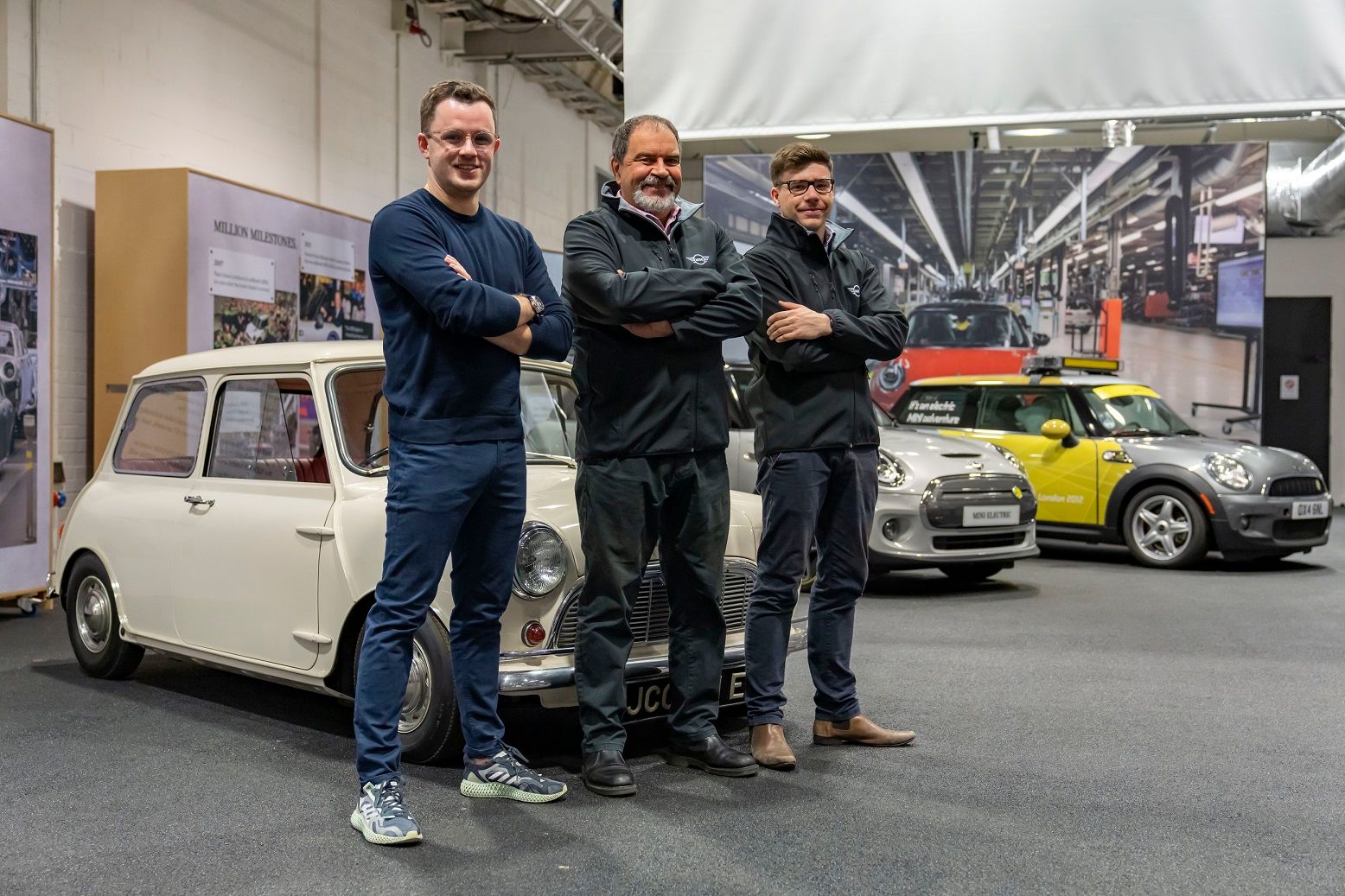
Of course, once the heart of the car (the powertrain itself) is changed to something modern—an electric motor with batteries in this case—the car is NOT a classic anymore. It is a modern car, one with modern mechanicals, within the body of an old car.
At least that is how FIVA (Fédération Internationale des Véhicules Anciens, the international federation of historic vehicles) views these retrofits. And we, at deRivaz & Ives, fully agree with this point of view.
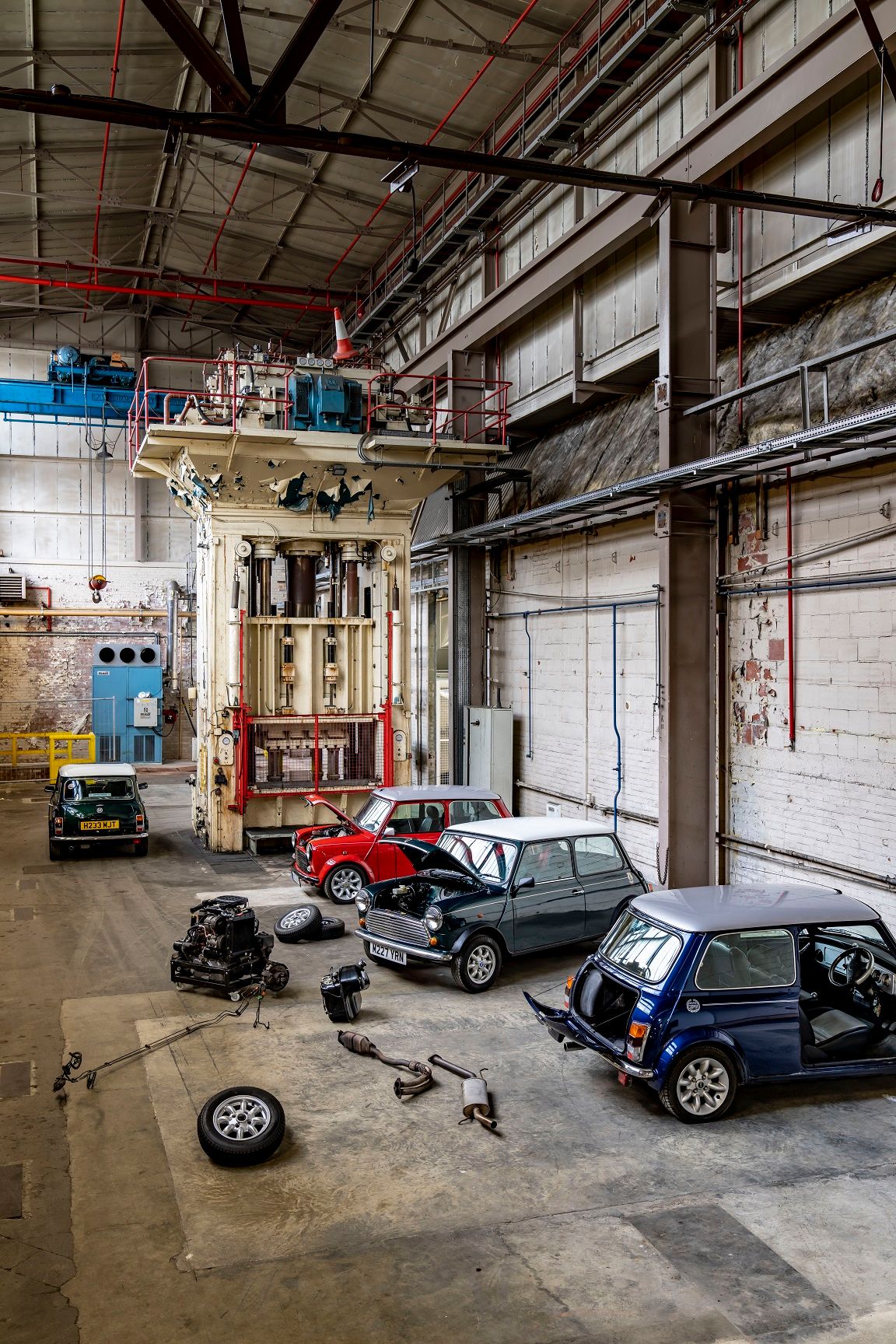
Yet, it is interesting to note that this exercise has the approval of the MINI company, what with Sebastian Beuchel, the Head of MINI Global Brand Management quoted as saying: “Individuality also plays an important role with MINI Recharged. Unique classic Mini models have always been created, including true works of art on wheels. That's why future collaborations are also planned as part of the MINI Recharged programme, allowing well-known artists to express their creativity with specially designed classic Mini models.”

Branded MINI Recharged’s ‘justification’ is that if Alec Issigonis could design the classic Mini again today, the iconic small car would have had an electric motor. The original launched in 1959, was conceived during an oil crisis and based on the idea of saving fuel and transporting four occupants and their luggage in the smallest possible footprint.
The MINI Recharged project is “an opportunity to continue telling the story of the classic Mini in the 21st century, in a sustainable way,” says the press release.
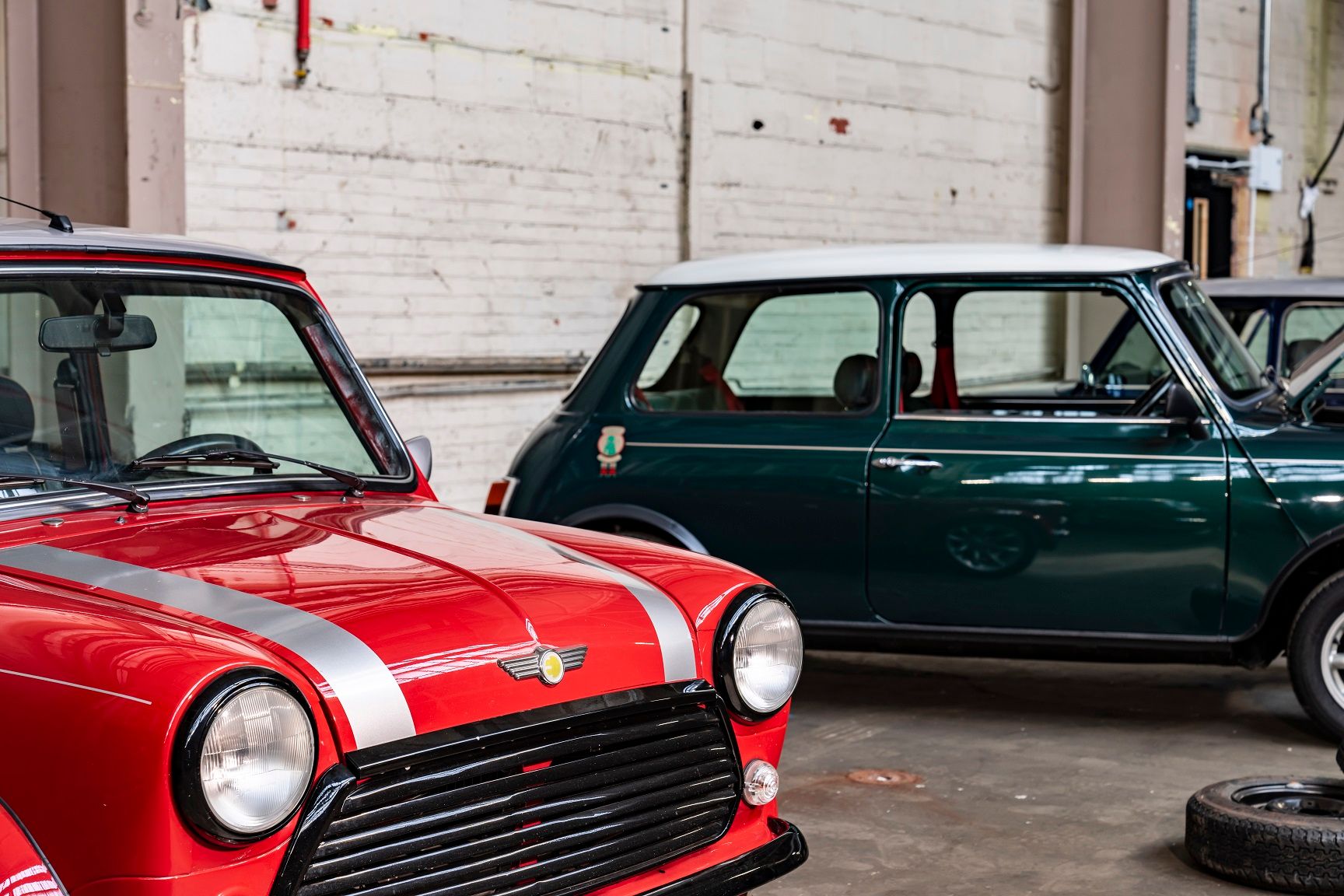
The idea was born even before the brand had the MINI Electric on offer. A one-off, classic Mini Electric was built in 2018 and presented at the New York Auto Show. The reactions were so positive that a dedicated team from MINI Plant Oxford set to work and developed the plan to make a corresponding offer available to customers who own a classic Mini.
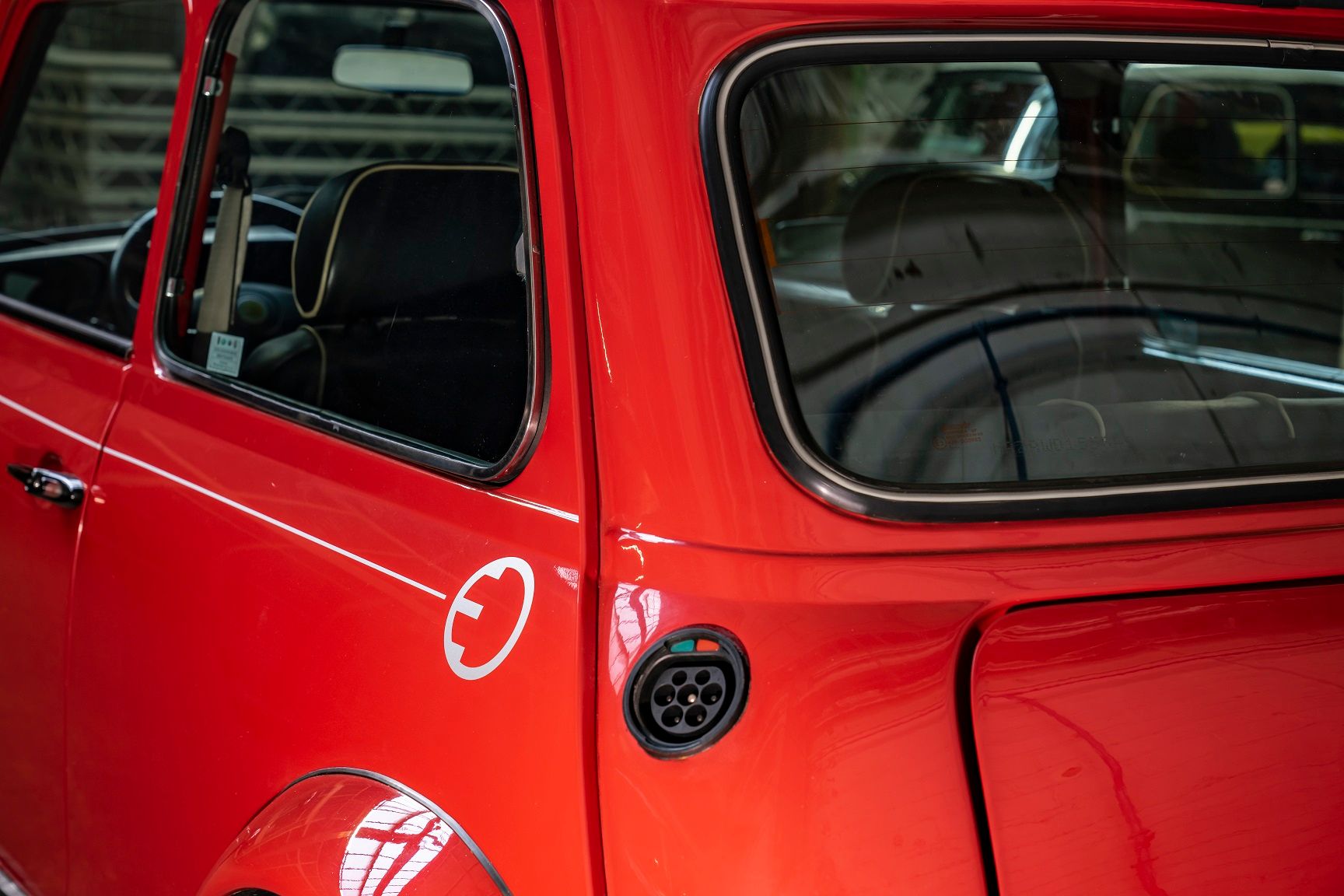
To experience traditional go-kart handling with an emission-free drivetrain, the original petrol engine of the classic Mini is replaced by a modern electric drive. During the conversion, MINI Recharged makes reversible changes to the substance of the vehicle.

“Careful handling of the car’s historical heritage is an important part of the concept,” says the press release. “This makes it possible to restore the classic Mini to its original condition at a later date.” And this is in keeping with the advice that FIVA offers. During the conversion, the original engine of each vehicle is marked and stored so it can be reused in the event of a future retrofit of the classic Mini.
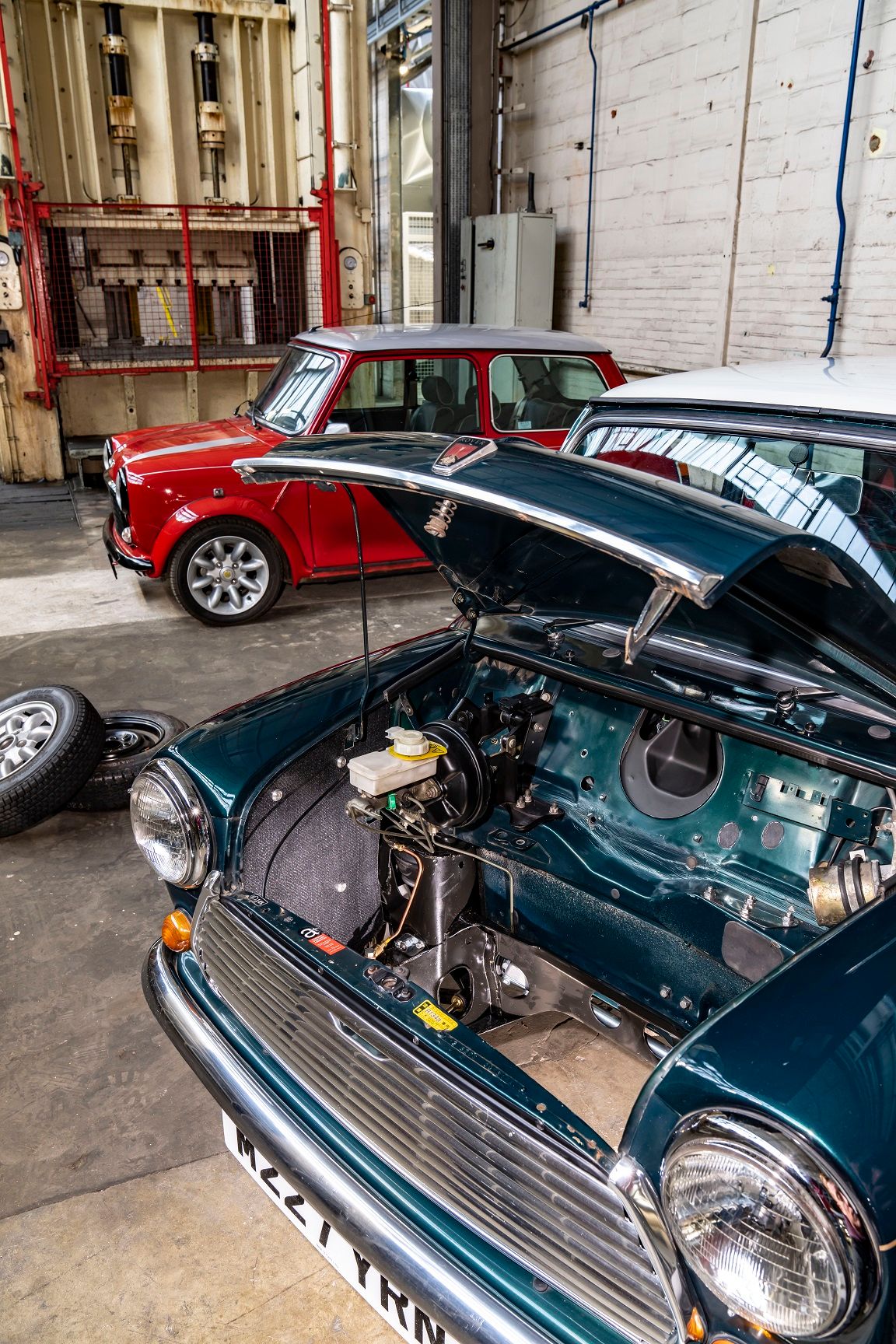
Bernd Körber, Head of the MINI Brand was quoted as saying: “What the project team are developing preserves the character of the classic Mini and enables its fans to enjoy all-electric performance. With MINI Recharged, we are connecting the past with the future of the brand.”
The MINI Recharged project suggests that a vehicle's life can be extended in a sustainable way. A classic Mini can now be given a new lease of life, accompanying its owner into the future, whilst maintaining its much-loved heritage.
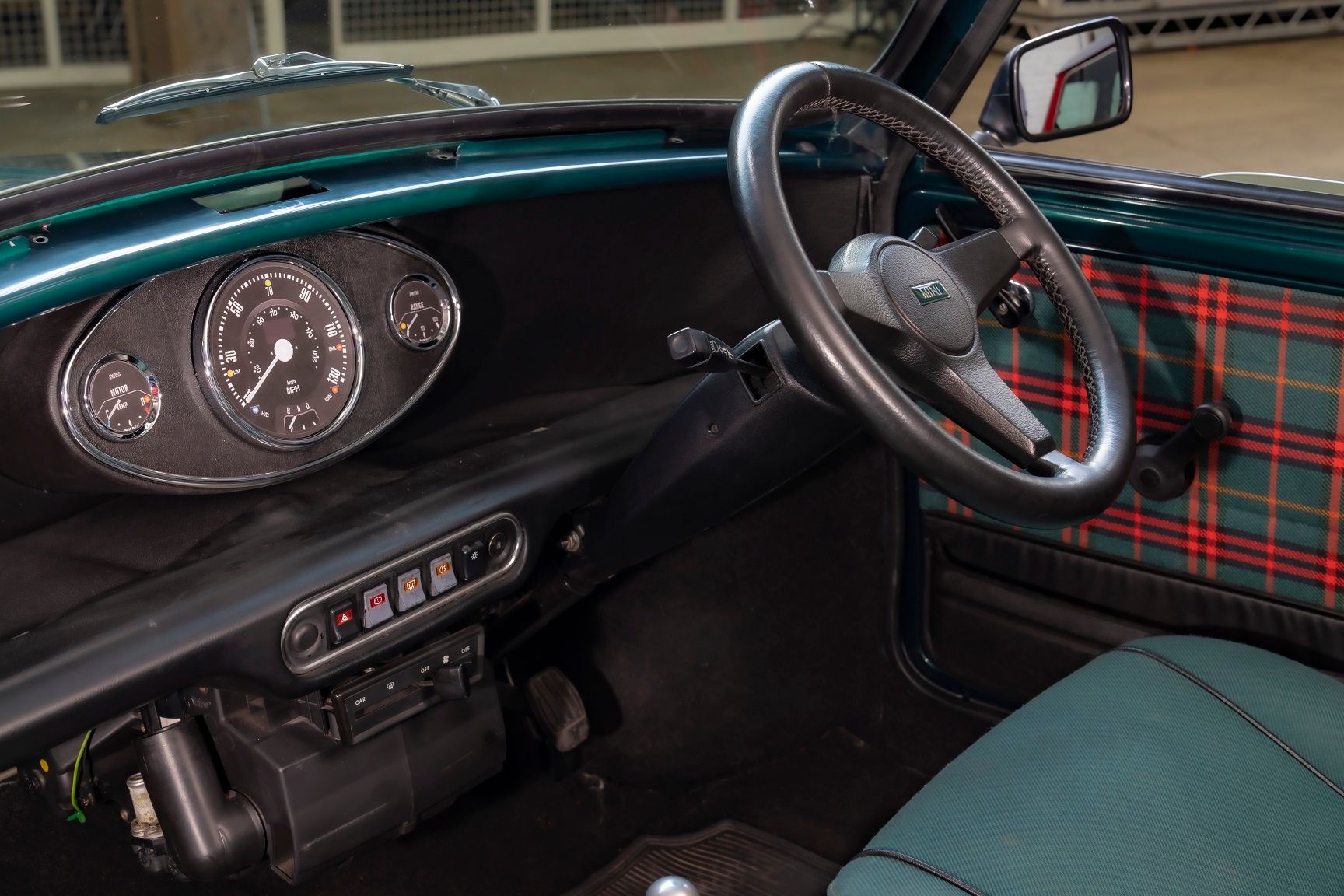
The drive is a modern electric motor that generates a continuous output of up to 90 kW and accelerates the electrified classic Mini from zero to 100 km/h in approximately nine seconds. The energy is supplied by a high-voltage battery, which can be charged with an output of up to 6.6 kW and enables a predicted range of around 160km.
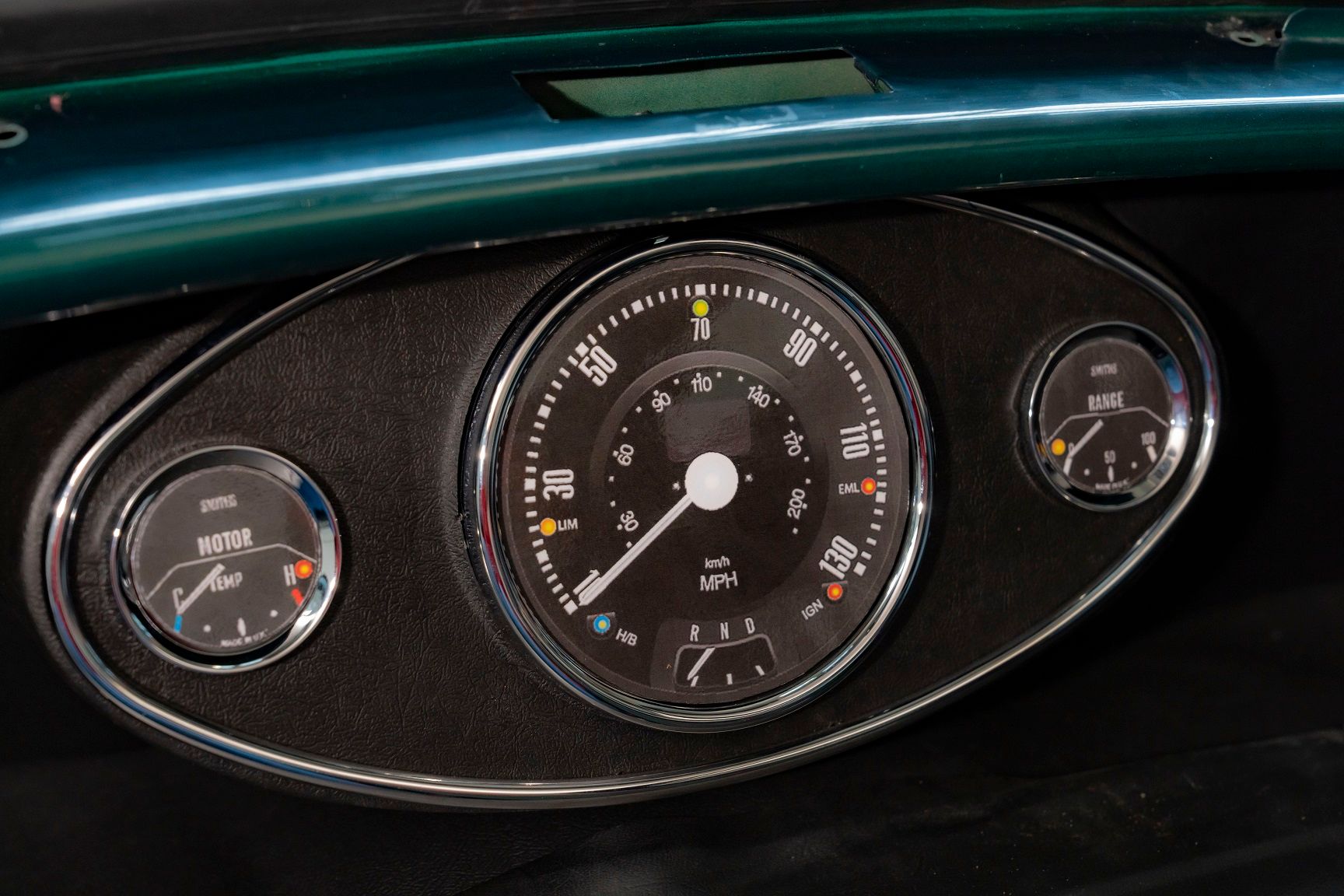
In addition, every electrified classic Mini from MINI Recharged receives the characteristic central instrument cluster, which now displays the drive temperature, the selected gear, range and speed.
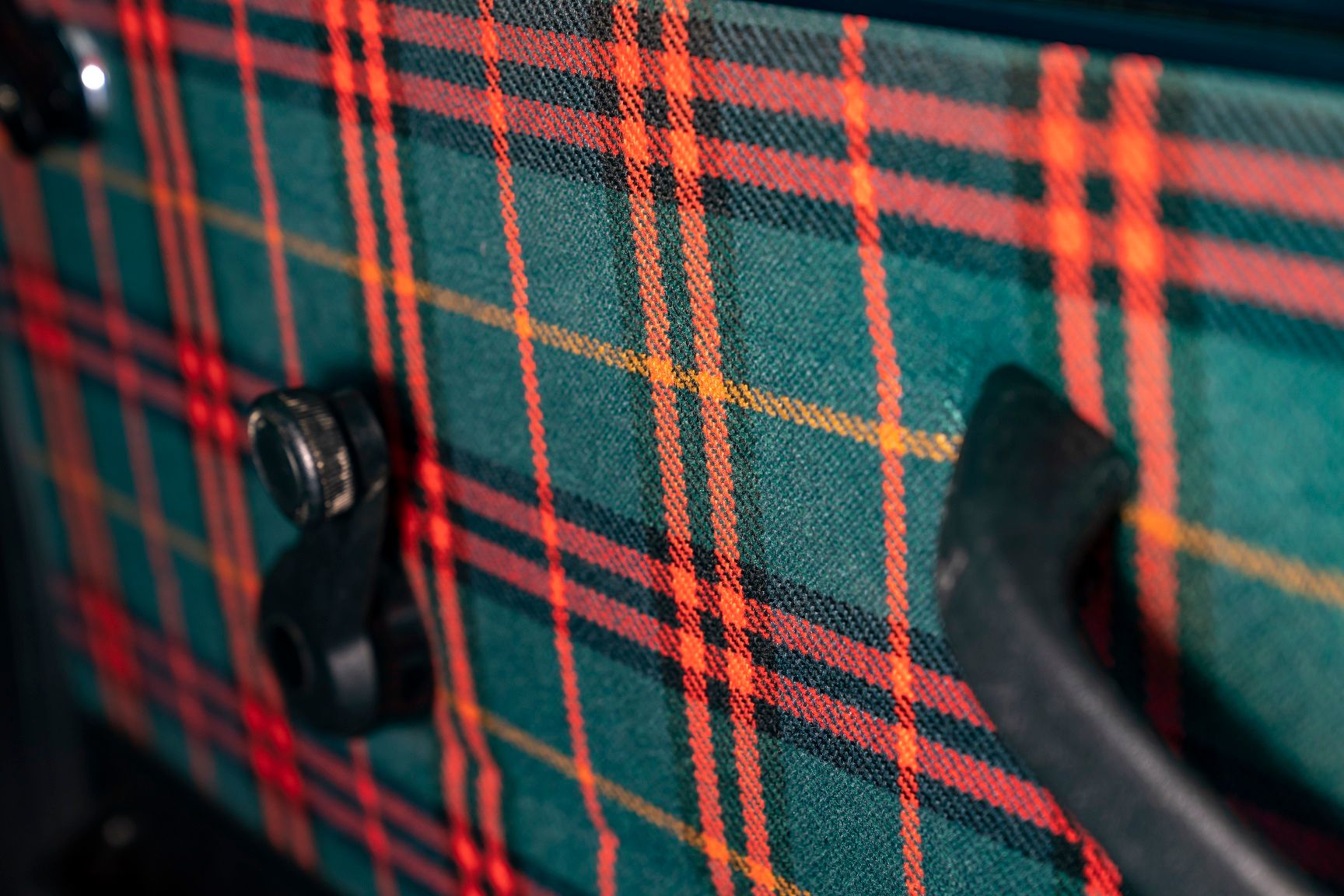
MINI Recharged fans gain a whole new driving experience, says the press release; that of a silent drivetrain with instant acceleration and the ability to enter the electric or low-emission driving zones of many large cities, otherwise inaccessible with a combustion engine.
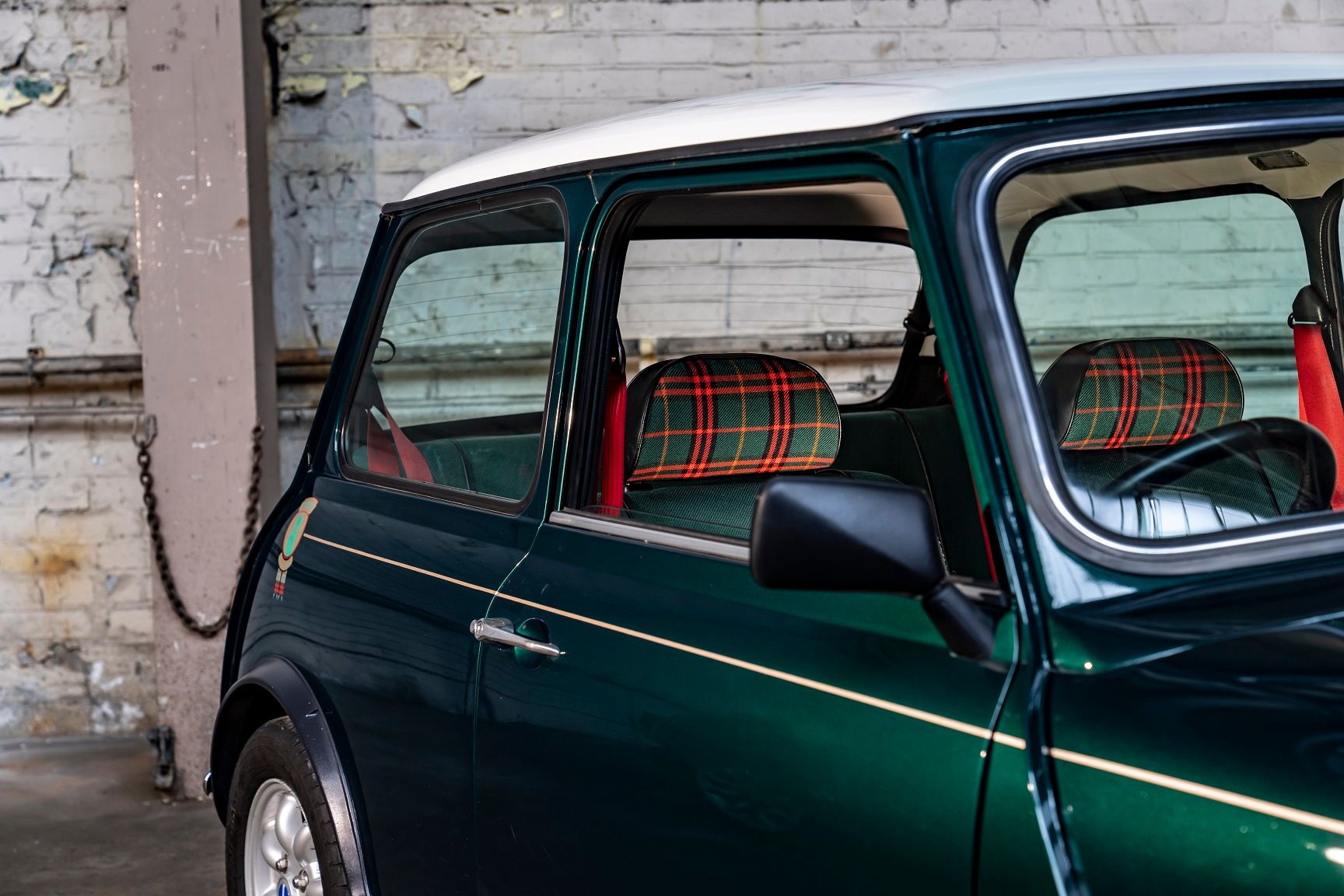
For example, the electric classic Mini can drive in Oxford Street or Piccadilly Circus in London, without the driver having to pay congestion charge. In addition, the classic conversion does not need a new registration.
Comments
Sign in or become a deRivaz & Ives member to join the conversation.
Just enter your email below to get a log in link.

